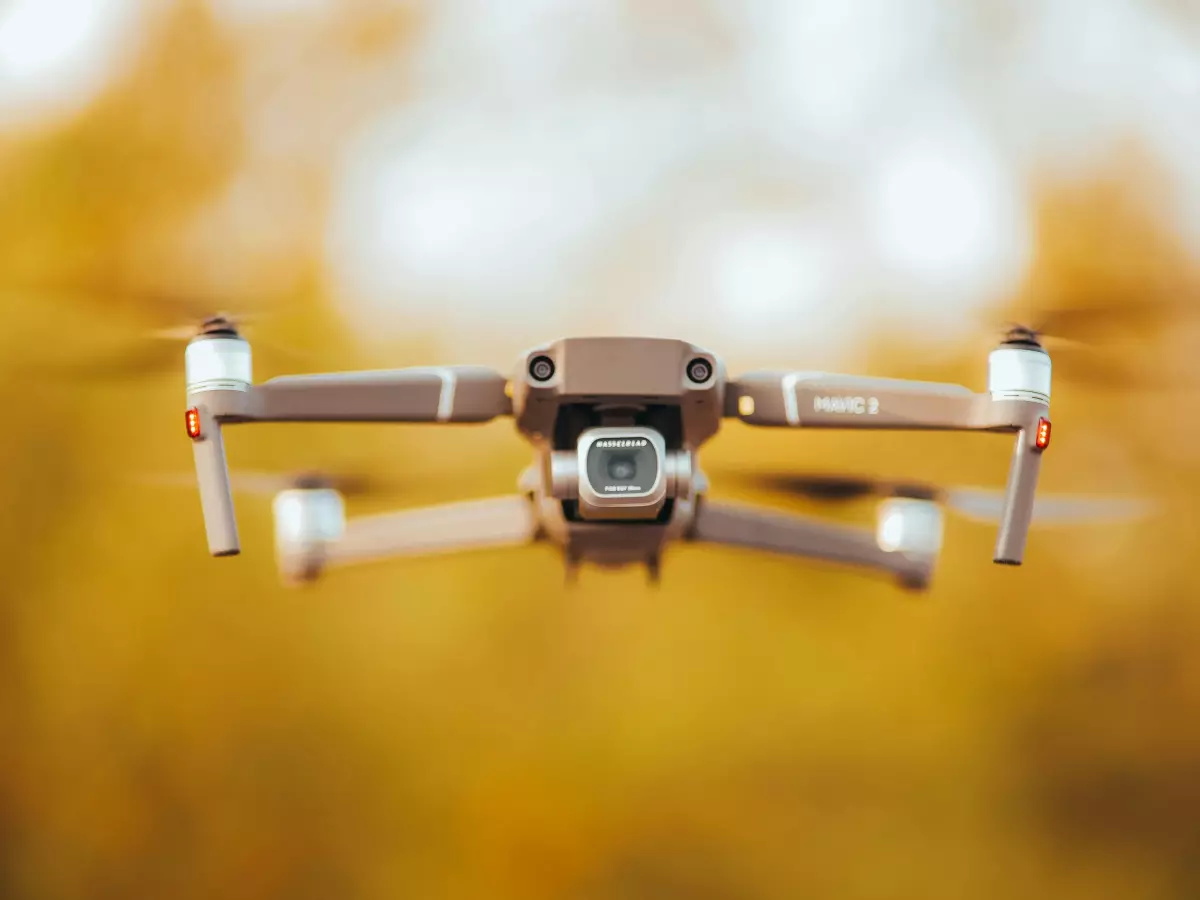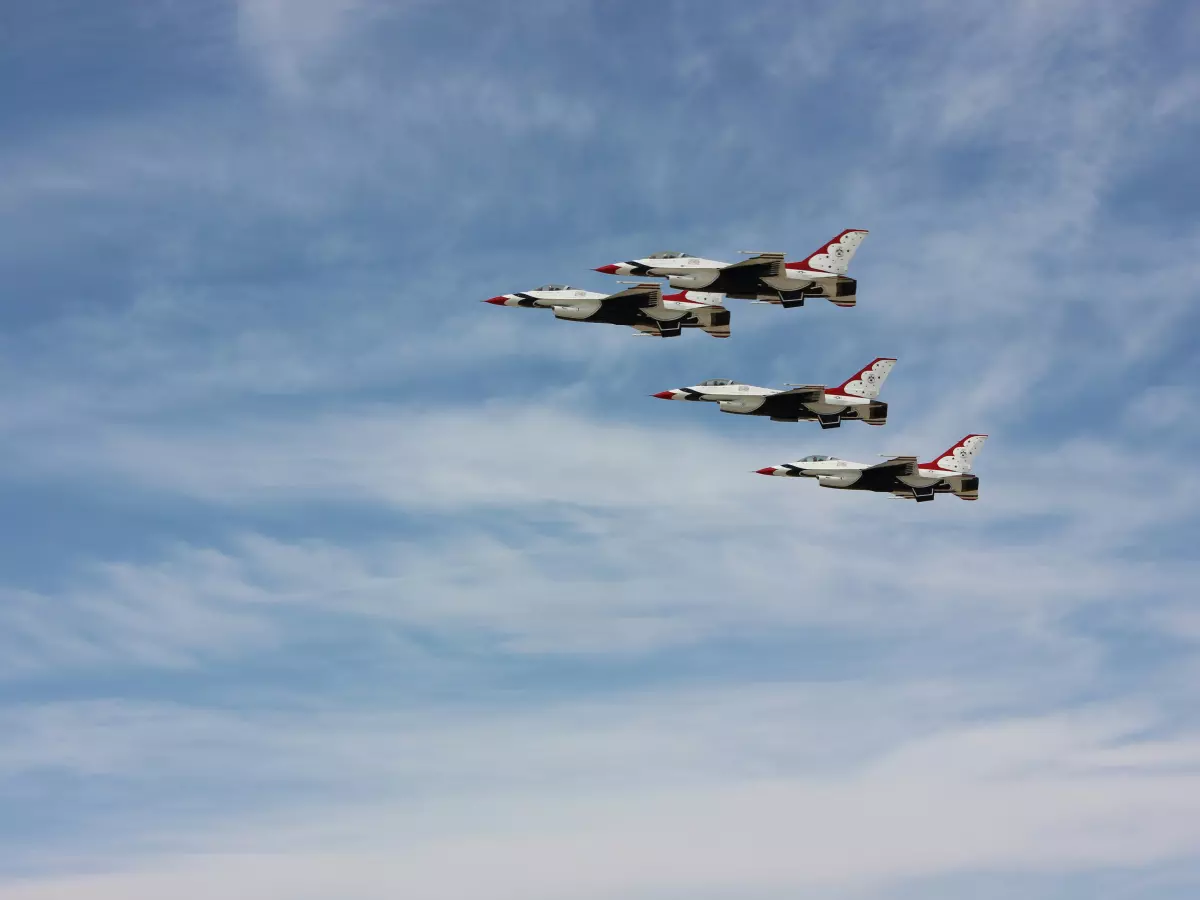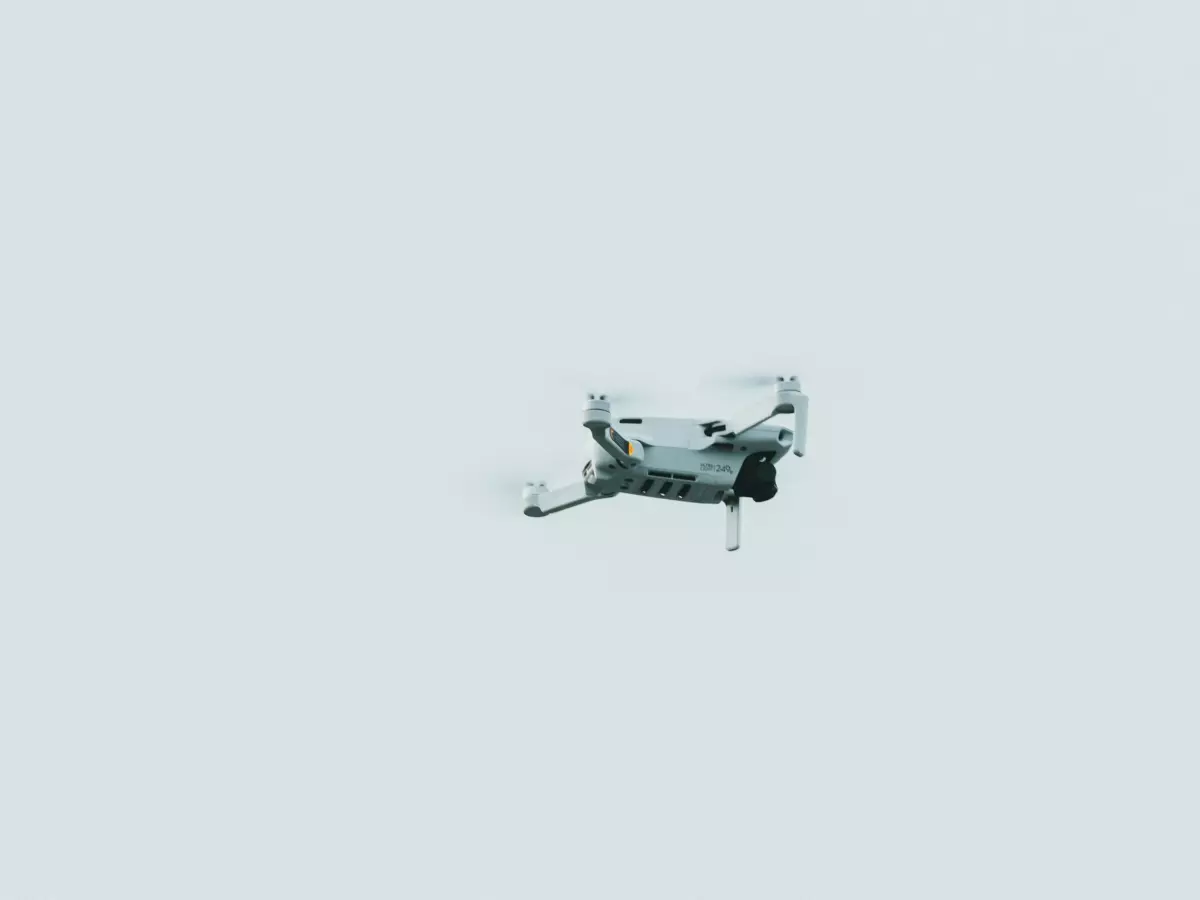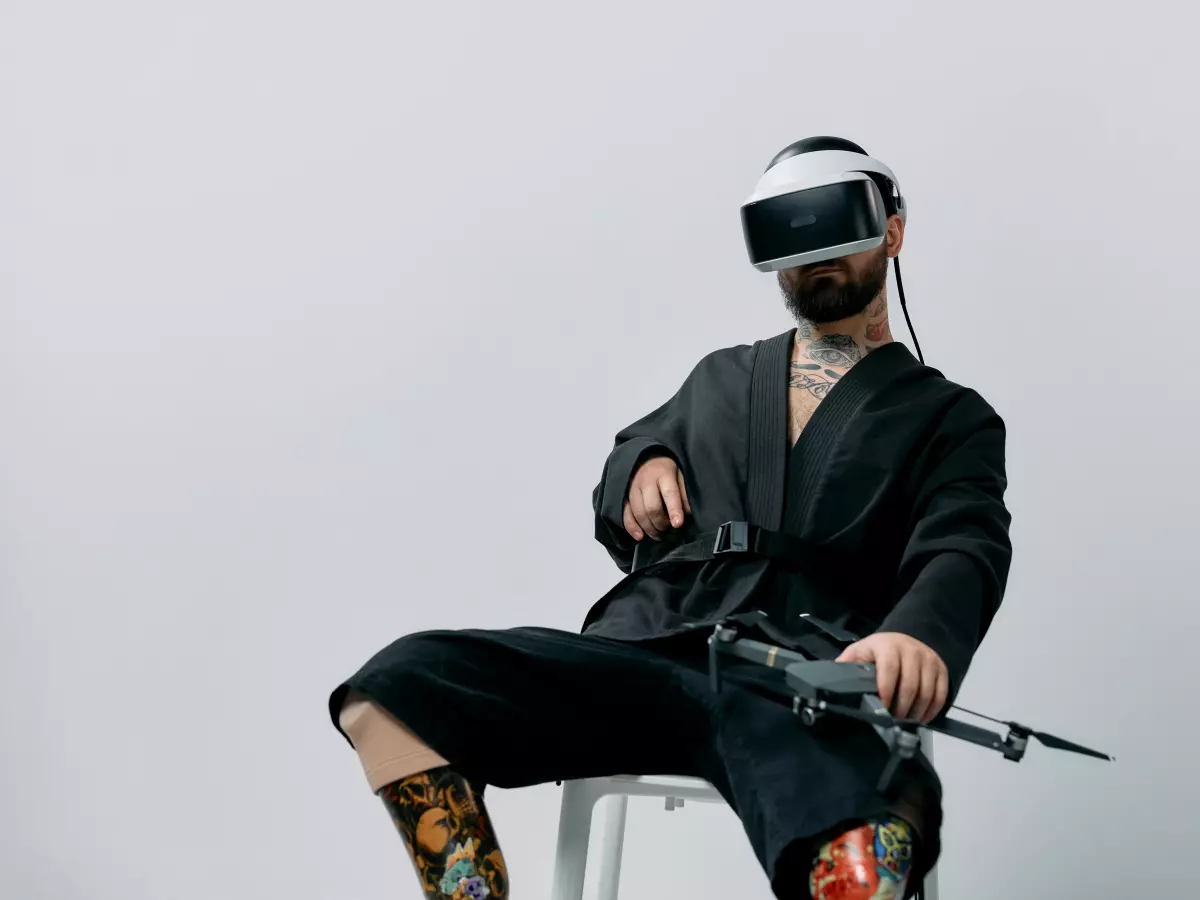Brains in the Sky
Ever wonder if drones are secretly plotting to take over the world? Well, not quite. But they are getting pretty good at thinking for themselves.

By Nina Schmidt
Let’s face it, comparing drones to birds is like comparing a smartphone to a rotary phone. Both can make calls, but one is clearly doing a lot more. Drones, with their advanced flight control software and sensor fusion, are evolving into autonomous machines that can make real-time decisions. Birds? Well, they just flap around and hope for the best.
But what exactly makes drones so smart? It’s not just about the sensors or the software; it's about how these two work together. This is where sensor fusion comes into play. Sensor fusion is the magic trick that allows drones to combine data from multiple sensors—like cameras, GPS, and accelerometers—to create a more accurate picture of their surroundings. And when you add flight control software into the mix, you’ve got a drone that can make decisions faster than you can say "autonomous."
Sensor Fusion: The Ultimate Team Player
Imagine trying to drive a car with only one eye open. You’d miss a lot of crucial details, right? Now imagine you’ve got both eyes open, plus a rearview mirror, side mirrors, and maybe even a GPS system. That’s essentially what sensor fusion does for drones. It takes data from multiple sources and merges it into a single, cohesive understanding of the environment.
For example, a drone might use its GPS to know where it is, its camera to see obstacles, and its accelerometer to understand how fast it’s moving. But instead of processing all this data separately, sensor fusion combines it to give the drone a more holistic view. This allows it to make better decisions, like avoiding obstacles or adjusting its flight path in real time.
Flight Control Software: The Brain Behind the Operation
Now, sensor fusion is great, but it’s only half the story. The other half? Flight control software. This is the brain that takes all that sensor data and turns it into action. Think of it as the conductor of an orchestra, making sure all the instruments (or in this case, sensors) are working in harmony.
Flight control software is responsible for keeping the drone stable, adjusting its altitude, and even planning its route. It’s also what allows the drone to make real-time decisions based on the data it’s receiving from its sensors. For example, if the drone detects an obstacle in its path, the flight control software will calculate the best way to avoid it—whether that means flying around it, over it, or stopping altogether.
Autonomy: The Future of Drones
So, where does all this leave us? Well, the ultimate goal of combining sensor fusion with flight control software is to create fully autonomous drones. These are drones that can fly without any human intervention, making decisions on their own based on the data they’re receiving in real time.
We’re already seeing this in applications like drone delivery services and search-and-rescue missions, where drones need to navigate complex environments without human input. But the potential goes even further. Imagine a world where drones can inspect infrastructure, monitor crops, or even perform medical deliveries—all without a human pilot.
Of course, we’re not quite there yet. While drones are getting better at making real-time decisions, there’s still a lot of work to be done before they can achieve full autonomy. But with advancements in sensor fusion and flight control software, we’re getting closer every day.
So, What’s Next?
Will drones ever be able to think and act completely on their own? Or will they always need a little help from us humans? It’s a question that’s still up in the air—pun intended. But one thing’s for sure: the combination of sensor fusion and flight control software is pushing the boundaries of what drones can do.
So, the next time you see a drone zipping through the sky, remember—it’s not just a flying camera. It’s a highly intelligent machine, making real-time decisions based on a complex web of data. And who knows? Maybe one day, it’ll be smart enough to deliver your pizza without even breaking a sweat.





